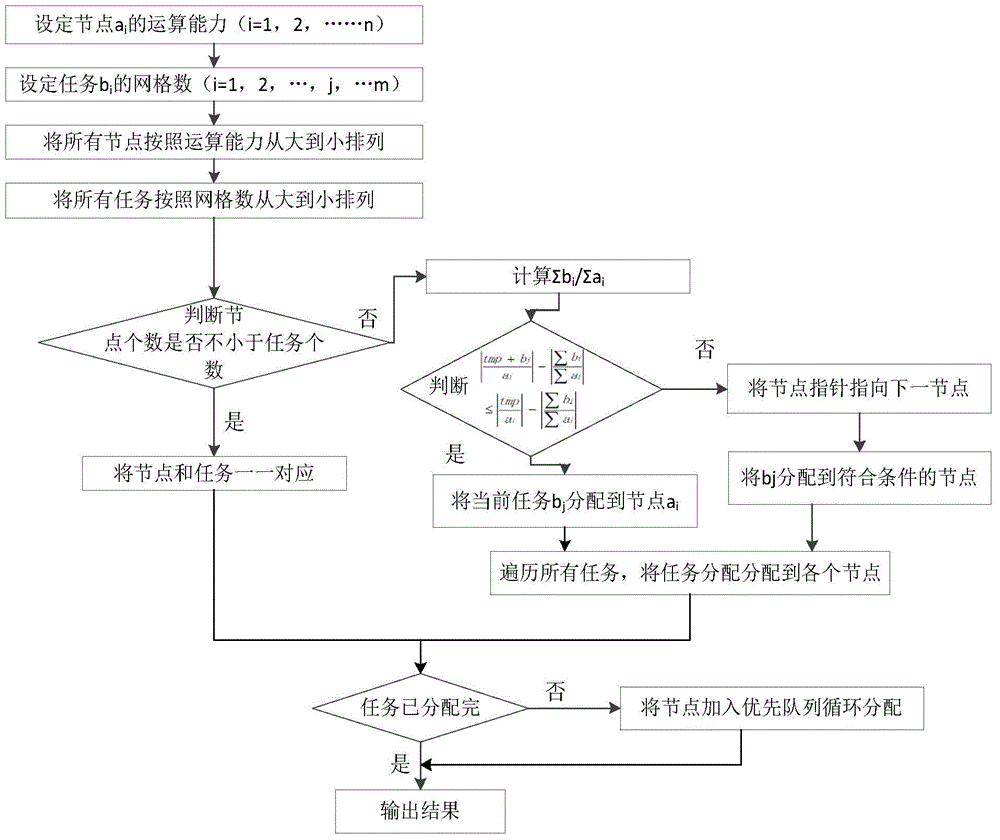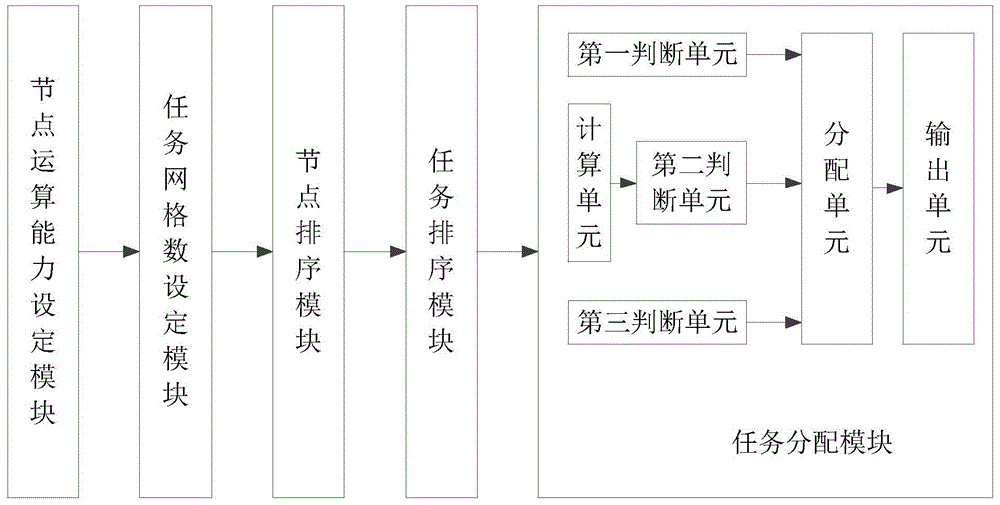Multi-timing-sequence task scheduling method and system
A task scheduling, multi-sequence technology, applied in multi-programming devices, resource allocation and other directions, can solve the problem of uneven resource allocation by FIFO algorithm or Fair algorithm, affecting computing efficiency, etc.
- Summary
- Abstract
- Description
- Claims
- Application Information
AI Technical Summary
Problems solved by technology
Method used
Image
Examples
Embodiment Construction
[0045] The principles and features of the present invention are described below in conjunction with the accompanying drawings, and the examples given are only used to explain the present invention, and are not intended to limit the scope of the present invention.
[0046] The method of the present invention improves the computing efficiency of the spark by studying the way of spark task scheduling. In this method, the basic idea of dynamic programming algorithm is mainly borrowed, and the problem can be abstracted into a simple mathematical model.
[0047] Model assumption: First, assume that there are n computers with different computing capabilities, and set their computing capabilities as a 1 、a 2 ,...a n . Suppose there are m tasks, each task has a certain size, and the task size is represented by the number of grids, and the size of these m tasks is set as b 1 , b 2 ,...b m .
[0048] Goal: Assume that the sum of tasks of the i-th point is C i , then the objecti...
PUM
 Login to View More
Login to View More Abstract
Description
Claims
Application Information
 Login to View More
Login to View More - R&D
- Intellectual Property
- Life Sciences
- Materials
- Tech Scout
- Unparalleled Data Quality
- Higher Quality Content
- 60% Fewer Hallucinations
Browse by: Latest US Patents, China's latest patents, Technical Efficacy Thesaurus, Application Domain, Technology Topic, Popular Technical Reports.
© 2025 PatSnap. All rights reserved.Legal|Privacy policy|Modern Slavery Act Transparency Statement|Sitemap|About US| Contact US: help@patsnap.com



